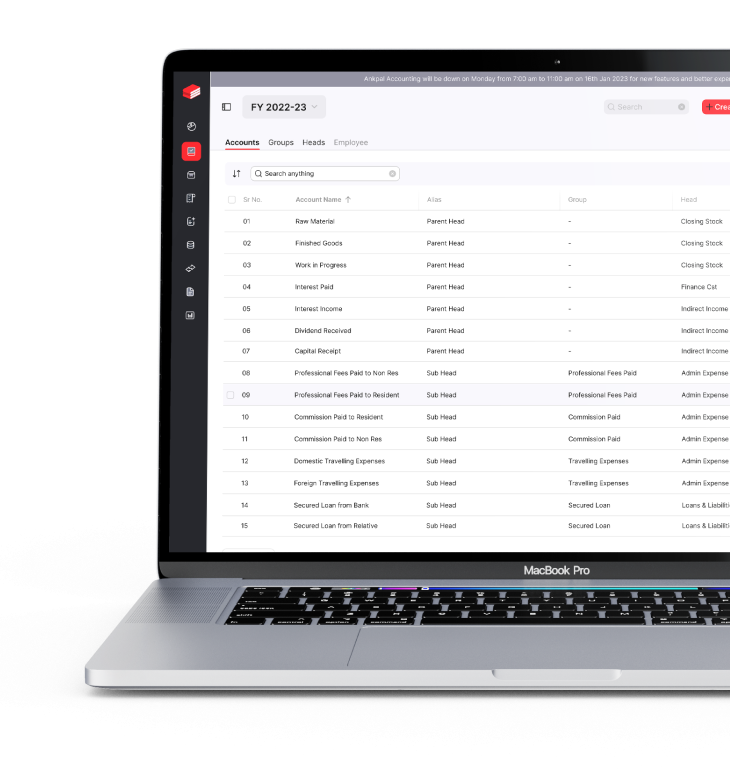
Implementing a new cloud based accounting software is difficult, but having a competent accounting system greatly simplifies business operations. Months or years may pass throughout this process. They are the product of careful work by a dedicated team of experts, sound design, and efficient project management and planning. Inadequate planning might also lead to errors during the execution stage.
As a result, you should treat the creation of your accounting systems as a serious business project. Price is far too often the deciding factor when choosing an ERP system, and the implementation project's outcomes are lost in the bargaining process. The initial excitement of cutting a tiny portion of the overall cost is quickly eclipsed by the knowledge that your chosen technology partner cannot fulfill their obligation.
The Three Methods For Putting Systems In Place
You can put your new accounting system into practice in three ways.
1. Big Bang
Everyone uses the new system exclusively to reference historical data. Erroneous Big Bang deployments can cause delays and exceed your budget. Your staff members could get irritated if something needs to be fixed.
2. Parallel Running
The safest method of implementation is parallel running. Users simultaneously utilize both platforms. By doing this, students can use the old system in an emergency and progressively learn the new one. Furthermore, issues can still be found and fixed with the previous system remaining in place as a safety net.
3. Phased Adoption/Rollout
The new system is gradually implemented through phased adoption. More crucial modules are implemented initially.
The Accounting Systems Implementation Process
1. Planning for Implementation and Project Launch
Begin at the outset. To discover what is functioning effectively and which areas of your organization may need modification and refinement, a thorough evaluation of your business requirements and processes should be the first step in the implementation process. The rest of the implementation will be guided by your project plan, which will be created based on these business requirements. After these are established, the project should have a plan in place. Examine the rules and procedures that your company follows.
2. Installation of Software
Installing the program on your PCs is now necessary. Your implementation team will then build your pilot system using the project plan generated in Step 1. The project plan's description of the system's functionality and business processes is validated using this.
3. Team Project Training
Rather than ensuring a seamless implementation, you are educating them on how to be involved in the process. A sign-off confirming that the progress accomplished thus far is appropriate and consistent with the implementation's overall goals must be obtained after reviewing the testing and training period's results.
4. System Design
Your personnel are trained to assist with implementation, and the software has been installed. Information regarding all functional areas, transactions, security, and database and coding structures will be covered in this plan.
5. Configuration of the Accounting System
Using the system design document as a guide, you and the consultant can now configure your accounting system to suit your needs. In this step, everything must be checked to ensure it functions. After that, you'll approve this to say the system is suitable.
6. Organize Records in the Outdated System
Clean up your records using the old system you are accustomed to using before transferring your data. Making this change will significantly ease the transfer to the new system.
7. Data Transfer
Ensure your data is accessible and backed up before making any system changes. Doing this lets you ensure the software of your choice computes the information correctly. A professional tax accounting software makes the data transfer easy.
8. Instruction in Systems
Working with the consultant, you should develop training materials covering every new product feature. With these training materials, you can ensure seamless business operations by teaching your personnel how to operate the program. The timing of this is crucial. Before the system goes live, you should train your staff as much as possible; however, if you do so too soon, they can forget how to use it.
9. Go Live
Your new accounting system should now be finished, using the information from Steps 2 and 3. A final migration of your old data to the new system is completed, and the project team's full range of skills and resources are available on-site to assist with the last system transfer.
10. Post-Implementation Support
Now, your software provider ought to offer continuous assistance via a help desk or other mechanism. They might also provide complimentary materials, like webinars, to teach your staff members how to use the system more effectively.
Conclusion
Study and comprehend the accounting software that you have narrowed down. Examine several software programs and select the one that best suits your requirements. When handled correctly, it should represent the pinnacle of the project team members' commitment and hard work, as well as the design of the execution strategy.
Make sure the partner you choose for your ERP installation follows an ERP implementation strategy that is founded on best practices and their demonstrated outcomes, using a methodology that is established in extensive experience and success-oriented expertise.








